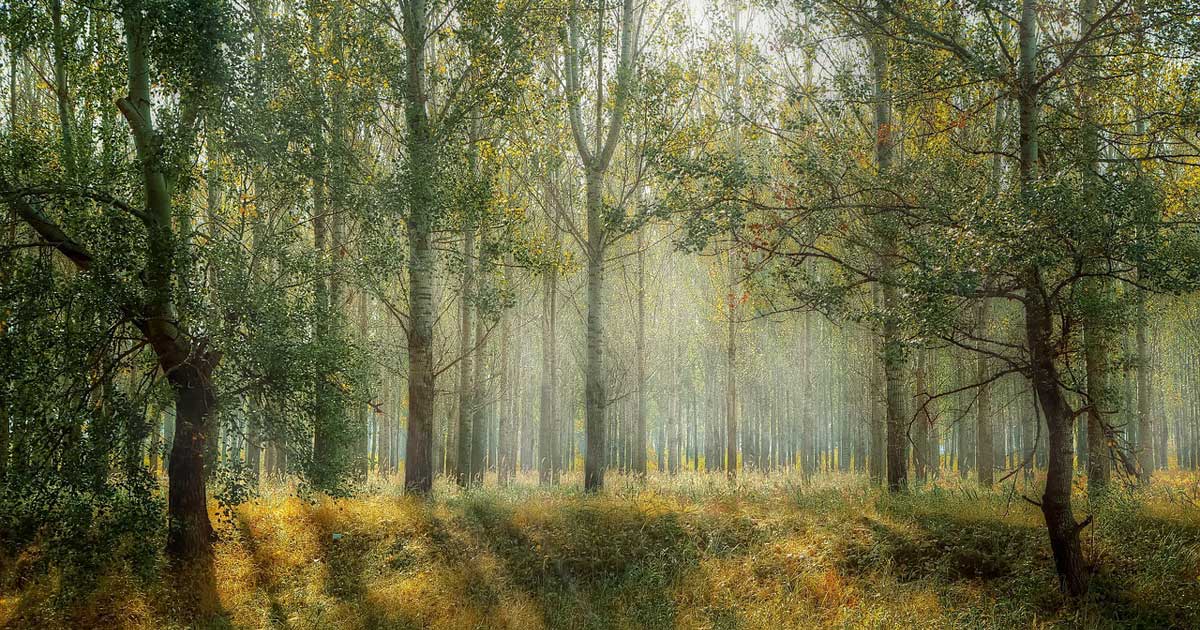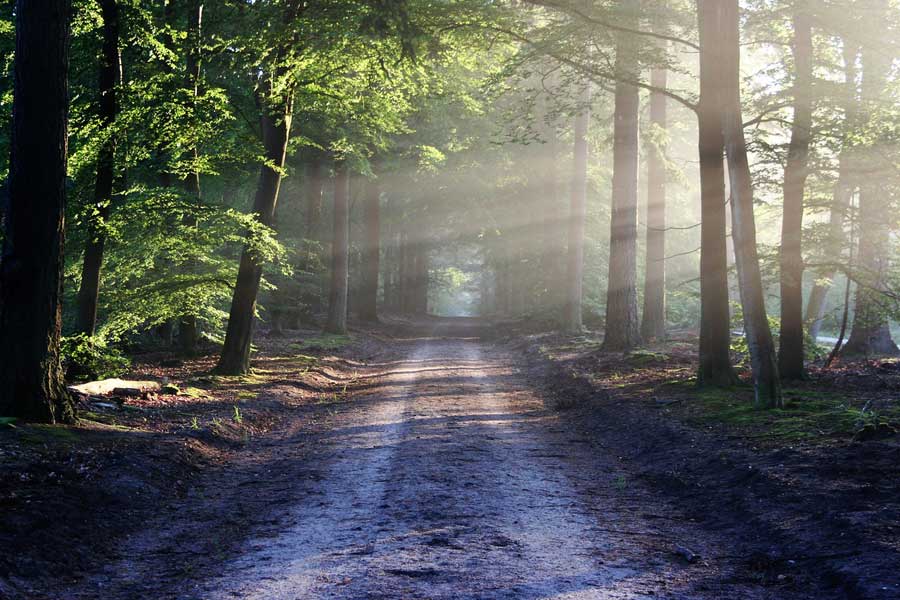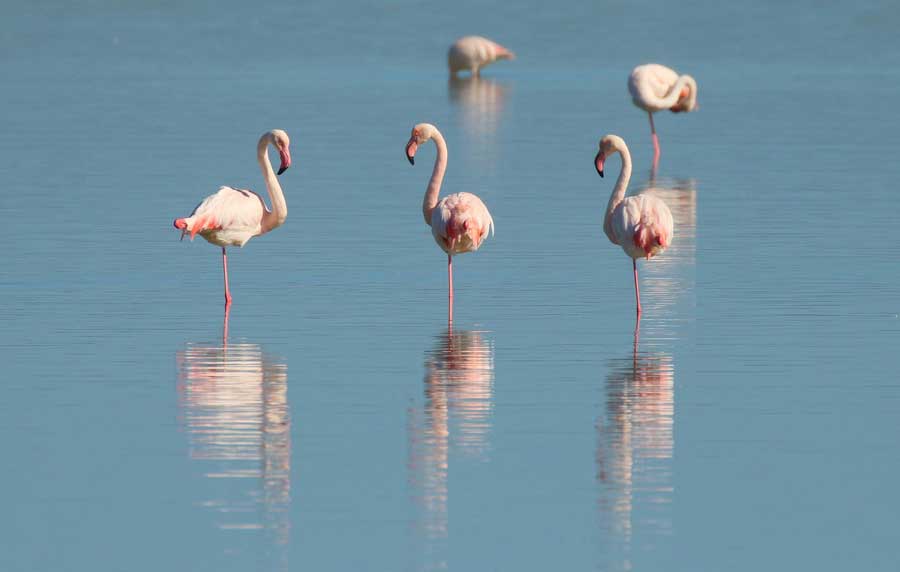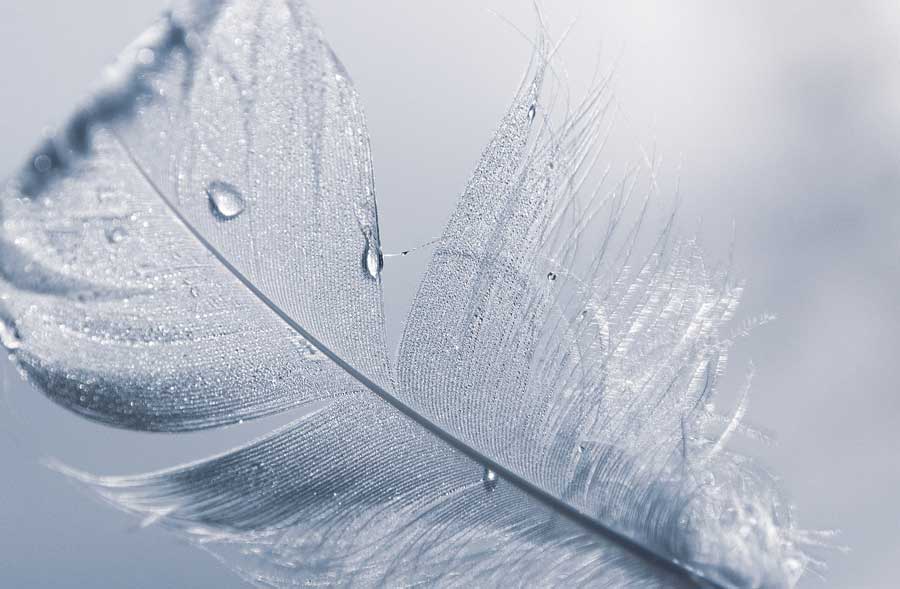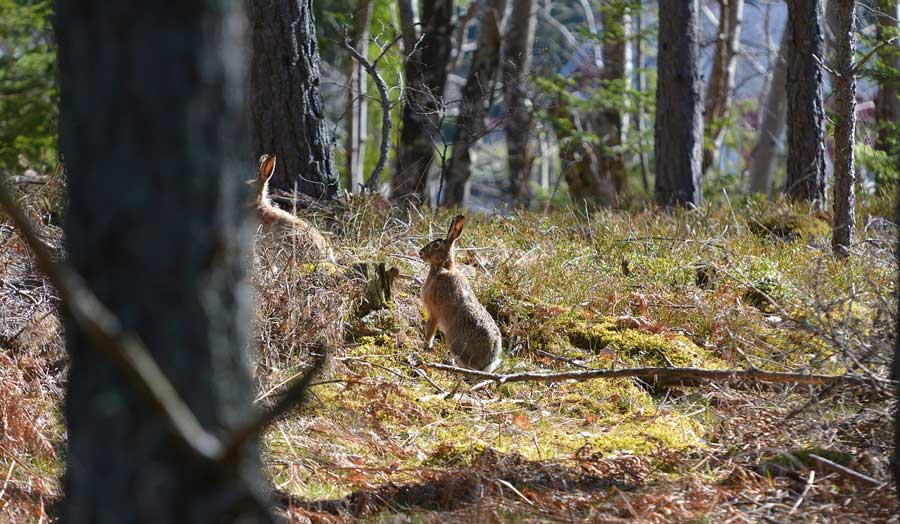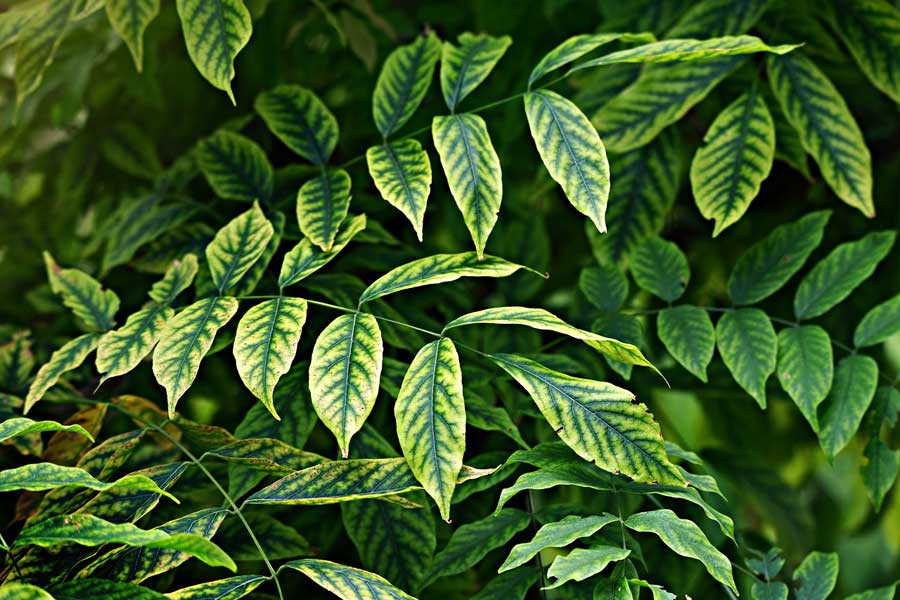Can we connect to nature in a more fundamental, visceral way, where we are not just spectators, but a part of the organism that is the ecosystem?
– By James Inabinet
“An invisible and unchanging beauty ... pervades all things.” –Plotinus
I have spent a lot of time in nature, wandering about, musing. As anyone who spends much time in nature can attest, not all excursions are created equal. Most times we seem to be out of place, interlopers at best, outsiders getting a quick look – from outside: “Ah, look at that over there...” Though we might be satisfied with our experience (i.e., anything is better than nothing), there’s an inkling that there’s more to be had. What’s “to be had” are those special times we feel more connected to what we are viewing. Many of us have had at least a few of these experiences of intimate connection, blessed moments, when we’re no longer just admiring. We’ve lost ourselves in it; time stands still; a chill runs down our spines. When this happens, we don’t feel so separate after all. There’s not so much a “me over here” and a “that over there.” Somehow, we’ve moved closer than distance dictates, participating I think, in Plotinus’ invisible and unchanging beauty. I’m obsessed with these experiences. Most of my wandering about is seeking ways to evoke them while most of my musings are wanting to know more about what’s happening. The more I investigate, though, the harder it remains to pin down, to describe, to even talk about. My latest idea is to change the way I think about it, to come at it from another angle, another perspective. If I can see it in a different way, perhaps, it might become easier to understand. One different perspective I’ve tried is what the anthropologist Gregory Bateson called “the pattern that connects all living things.” What happens when I think of this invisible and unchanging beauty as a pattern that connects living things, one that’s invisible yet still palpable somehow, a weird pattern that cannot be seen or adequately described. A person just knows that it’s there. Something is there ... but it’s just out of reach. Over the many years I’ve spent engaged in study and practice, I’ve increasingly found myself an inextricable part of what I’m studying. I am the one doing the study and the study subject as well. As an inextricable part of this place, I cannot explain exactly how that is or what that even means; it’s a feeling of connection indicating my inseparability with this place. It courses through me even as I course through it. A viable, thriving ecosystem, every square inch teems with life. Habitats are the loci for getting needs met, for living, for flourishing. Rabbits and birds and squirrels and centipedes abound here, each related by need and circumstance in habitats that overlap and contain all of the others, fostering a dependence of each being with and for all the others. Another change to my thinking about the “invisible and unchanging beauty” and “pattern that connects all living things” is a change in the way I think of ecosystems. The accepted way of thinking about ecosystems is as a somewhat random collection of separate beings living in proximity with varying orders of dependency. What happens, I wonder, if I begin to think about an ecosystem as a living organism? When this happens, the “random constituent beings” suddenly become functioning organs of the ecosystem-as-organism. If I think of lungs and hearts and kidneys and skin as organs of a living being, perhaps I can make the leap to think of squirrels and oaks and fox and butterflies as organs of a living ecosystemic being. We can all agree that a squirrel is an organism. What connects the functioning and diverse organs of a squirrel? What is the pattern that connects, organizes, and animates it? Is it the soul? Just because we cannot see or even describe the organizing principle that connects and animates the collection of organs that are a squirrel doesn’t mean there’s isn’t one. Something is going on when the squirrels alive that’s gone when it’s not. Now, in much the same way, we cannot see the organizing principle behind the collection of organisms that are the organs of an ecosystem, but again, that doesn’t mean there isn’t one. Is it the soul of the forest, the anima loci [i.e., local soul]? This brings us back to chills running down spines. When I am in the forest and am able to quiet the infernal dialogue, I quite often find myself dropping into the joyful Silence that attends communion experiences. At these times, my animated and animating soul palpably re-joins [or re-cognizes?] what I believe is the “forest soul,” and I feel it as a warm embrace. That’s what it feels like, that I’m being held in a mothering embrace. At such times, I can detect glimpses of Plotinus’ subtle, ubiquitous beauty, as well as glimpses of the Bateson’s subtle pattern that connects, and, finally, glimpses of the mothering soul of the forest–of which my soul is an integral part. At such times, I’m an organ in communion with the forest-as-organism, content to just sit quietly and take it in, and be what I am where I am–as my heart sings. Enjoy this feature?Comments are closed.
|
Archives
February 2024
Categories
All
|
Shoofly Magazine Partners
Our Shoofly Partners are local businesses and organizations who share our mission to enrich community life in Bay St. Louis, Waveland, Diamondhead and Pass Christian. These are limited in number to maximize visibility. Email us now to become a Shoofly Partner!

